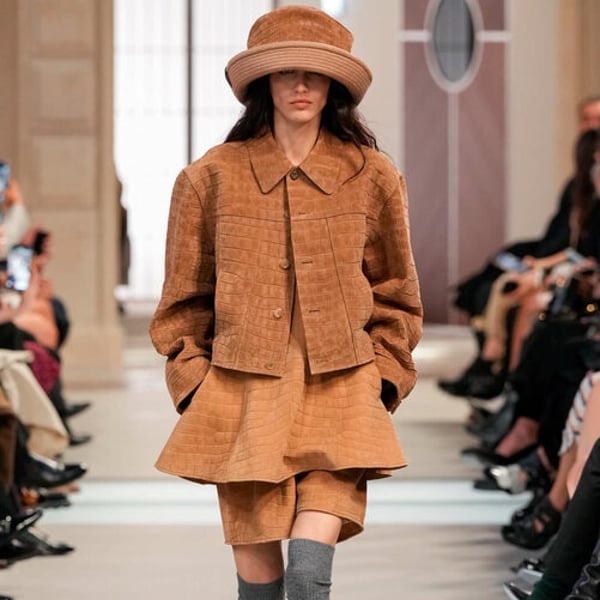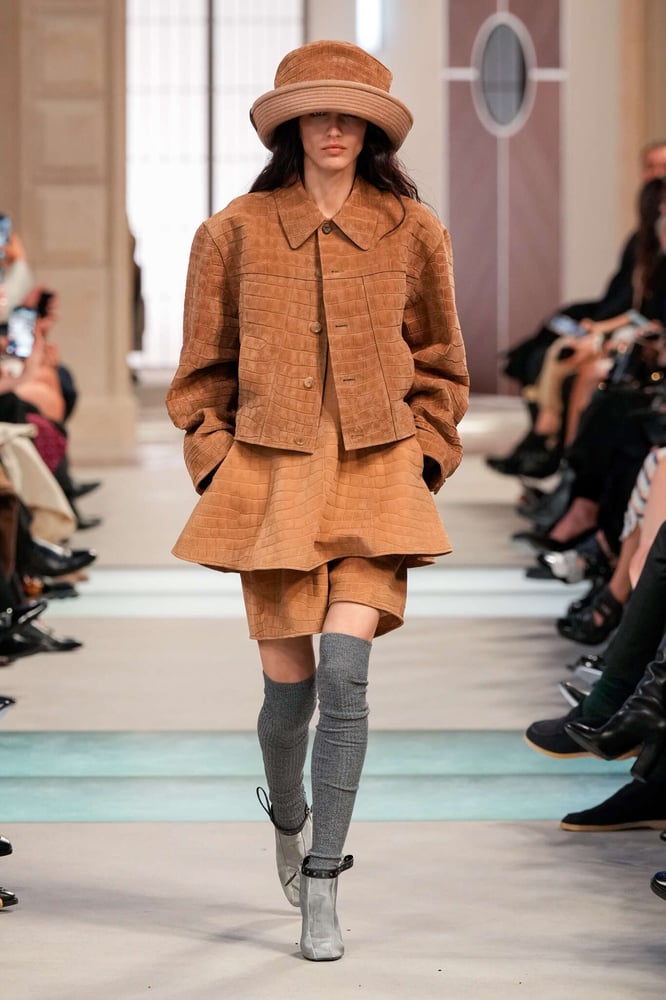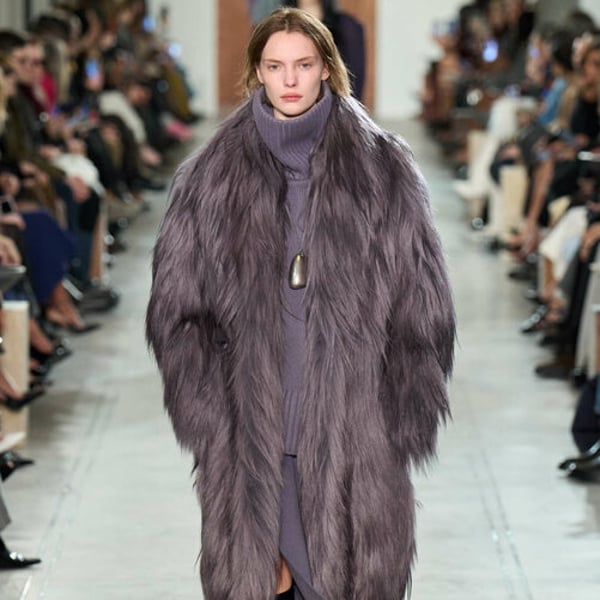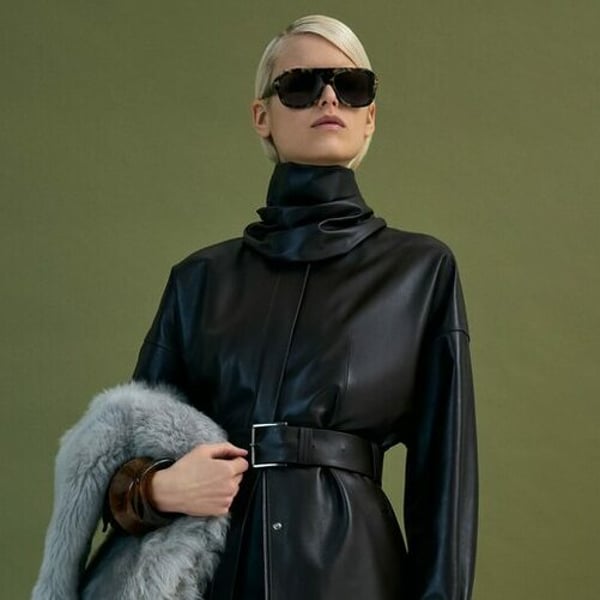By
Bloomberg
Published
April 15, 2025
The mini bling boom since the turn of the year is well and truly over.
On Monday, LVMH reported first-quarter sales that missed expectations. No division generated growth. Each one underwhelmed. The crucial fashion and leather goods unit reported a 5% decline in sales, excluding currency movements, far below the 0.6% slide expected.
The picture could not have been more different in January — the last time the owner of Louis Vuitton and Christian Dior updated the market. There was a surge of optimism in the wake of Donald Trump’s election win, which sent stock markets and cryptocurrencies surging.
But with the president embarking on a trade war and markets slumping amid fears of recession, the American recovery is now in tatters. Analysts at Bernstein expect global luxury goods sales to decline by 2% this year, compared with their previous estimate of 5% growth. Given the trade tensions, it’s not yet clear whether Chinese shoppers will be able to compensate for any pullback in the US.
For long-term investors, though, there are ways to make sense of the turmoil.
LVMH said the main reason for the decline in the first quarter was the comparison with a year ago, when Chinese consumers flocked to Japan to purchase luxury goods. They are still spending at home and making trips to Japan to stock up, but the comparison with last year’s spectacular growth dragged down the performance.
In the US, demand for fashion and leather goods as well as watches and jewelry has held up so far. There was, however, a slowdown at beauty retailer Sephora, which also experienced strong growth in the year earlier. It’s possible that color cosmetics and cognac may have been hurt by tariffs, given that Sephora and wine and spirits appeal to less wealthy customers more likely to feel the pinch.
Perhaps it’s early days and there will be a more pronounced effect on demand for Louis Vuitton’s Takashi Murakami handbags or Tiffany Hardwear pendants, as rich Americans digest their stock losses and take fright at the uncertainty. But it’s worth remembering that the US luxury market has been transformed over the past five years. European brands have expanded beyond traditional enclaves such as New York and Los Angeles. Locations including Austin, Atlanta and Charlotte have emerged as luxury destinations. Once seen as elitist, luxury is now truly entrenched in popular culture.
That doesn’t mean all luxury houses are created equal. LVMH should be one of the most resilient, given that Louis Vuitton is the world’s biggest luxury brand, with a margin last year of about 50% — ahead of Hermes’s 40%.
But while those Murakami bags and scarves helped this division’s sales get ahead of the average for fashion and leather goods, Dior underperformed, with sales declining as much as 10%, according to estimates from analysts at Citigroup. LVMH is also grappling with creative change at some of its other brands, including strong performers Celine and Loewe, and is in the midst of a generational transition, as Chief Executive Officer Bernard Arnault hands over to his children, creating management upheaval too.
LVMH shares fell as much as 8% on Tuesday, their biggest fall since the start of the pandemic, and to their lowest level since November 2020. They trade on a forward price-to-earnings ratio of about 18 times, well below their 10-year average of 23, according to analysts at Stifel.
Of course, even amid the current instability, LVMH has a strong balance sheet. It’s always possible that Arnault uses the dislocation to strike where LVMH still has white space: skincare, watches and jewelry, and hospitality.
Hermes International SCA should be even better placed. Not only does it cater to the super-wealthy rather than the simply comfortable, it has more demand for its iconic bags — led by the Kelly and Birkin — than it can meet. When times are tough, it can simply work through its waiting list.
Hermes also hasn’t pushed up its prices as much as some rivals, giving it more scope to pass on the costs of tariffs to US consumers. Hermes generates only about 43% of its sales from leather goods, but at least this offers a good level of resilience. That explains why Hermes shares have fallen less than rivals. On Tuesday, it surpassed LVMH as the world’s most valuable luxury group. Even Hermes’ forward price-to-earnings ratio, while still a punchy 48 times, is below its five-year average.
Cie Financiere Richemont SA, meanwhile, generates more than half of its sales from jewelry, including Cartier and Van Cleef & Arpels. True, Richemont is grappling with more expensive gold, but like Hermes, it has been relatively restrained in raising pricing. Yet the shares have fallen by more than a quarter since the beginning of March.
In contrast, the tasks faced by luxury brands in turnaround mode, such as Kering SA’s Gucci and Britain’s Burberry Group Plc, now look even more daunting. This isn’t yet fully reflected in their valuations.
If the US enters a recession and Chinese shoppers battered by the trade war cut back too, no luxury group will be completely insulated. For all, the picture remains volatile. But it’s not just diamonds that are forever. So are Hermes handbags, Van Cleef & Arpels bracelets and Moncler coats.





